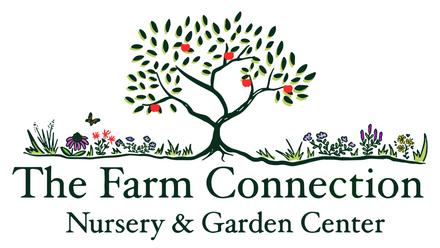There's a crispness in the air and the medicine cabinet is calling.
Elderberry syrup has long been a homestead staple for supporting the immune system through cold and flu season, and the harvest also reminds us to think ahead. Now is an excellent time to plant your own elderberry patch. These resilient native shrubs thrive in a wide range of soils, feed pollinators and wildlife, and provide us with an abundance of berries each year for medicine and food.
The Parts to Avoid
While ripe elderberries are safe when properly prepared, the stems, leaves, and green (unripe) berries contain cyanogenic glycosides. These compounds can release cyanide when consumed. Cooking fully ripe berries greatly reduces these compounds, but it’s essential to:
- Harvest only fully ripe berries.
- Discard all stems, leaves, and unripe fruit.
This ensures your syrup and juices are safe, effective, and delicious.
Processing the Harvest
Harvest: Gather clusters when berries are fully ripe, deep purple-black, and plump.
Freeze for Ease: Place clusters in the freezer briefly, just long enough to make the berries pop off their stems with little effort. This has easily become my favorite trick when working with elderberries.
Cook & Strain: Elderberries are most often simmered down into syrup. Cane sugar helps the mixture thicken into a rich, shelf-stable consistency (honey can be used as well, though the texture may differ). Always strain the mixture through a fine mesh or cloth to remove skins and seeds, leaving a smooth syrup. I usually use a 4:1 ratio, pressed elderberry juice to sugar.
Variations: Elderberries can also be juiced, dried, or even added into fire cider for an extra punch, though syrup remains the classic preparation.
Why Elderberry Syrup?
Elderberry syrup is easy to make and easy to use. It concentrates the plant’s natural compounds, anthocyanins, flavonoids, antioxidants, and vitamins A, B6, and C, into a medicine that’s both tasty and powerful. Taken regularly, it’s a trusted ally for cold and flu season, offering support for the immune system and reducing the duration of seasonal illnesses.
Growing Elderberries: Resilient and Rewarding
Elderberries aren’t just good medicine—they’re wonderful plants to grow.
They thrive in moist, fertile soils, especially along creeks and lowlands. Yet they’re remarkably adaptable, tolerating everything from average garden soils to drier uplands once established.
They prefer full sun for the best berry production, though they can handle partial shade.
With their dense root systems, elderberries also help stabilize streambanks and riparian areas, making them valuable allies for the landscape as well as for our health.
Elderberry Varieties at The Farm Connection
We’re proud to carry several unique varieties, each with qualities that make them well-suited for different homestead needs:
Wyldewood – Known for producing exceptionally large clusters with high yields. A great choice if your goal is lots of berries for syrup or wine.
Ranch – A compact, early-fruiting variety that stays more manageable in size, making it ideal for smaller spaces or easier harvesting.
Bob Gordon – Celebrated for its berries that hang downward on the umbels, reducing bird pressure and ensuring you get more of the harvest.
Johns – A vigorous, hardy plant that produces large berries and also serves as a strong pollinator for other varieties.
Adams – One of the most widely planted traditional elderberries, valued for its reliability, adaptability, and consistent harvests year after year.
Plant Your Own Elderberries
These varieties are available now for in-store pickup. For those planning ahead, we also open bare-root elderberry pre-orders in November/December, with shipping beginning in March as the ground warms. Planting elderberries now ensures your family, garden, and local ecosystem all benefit from this powerhouse native.

